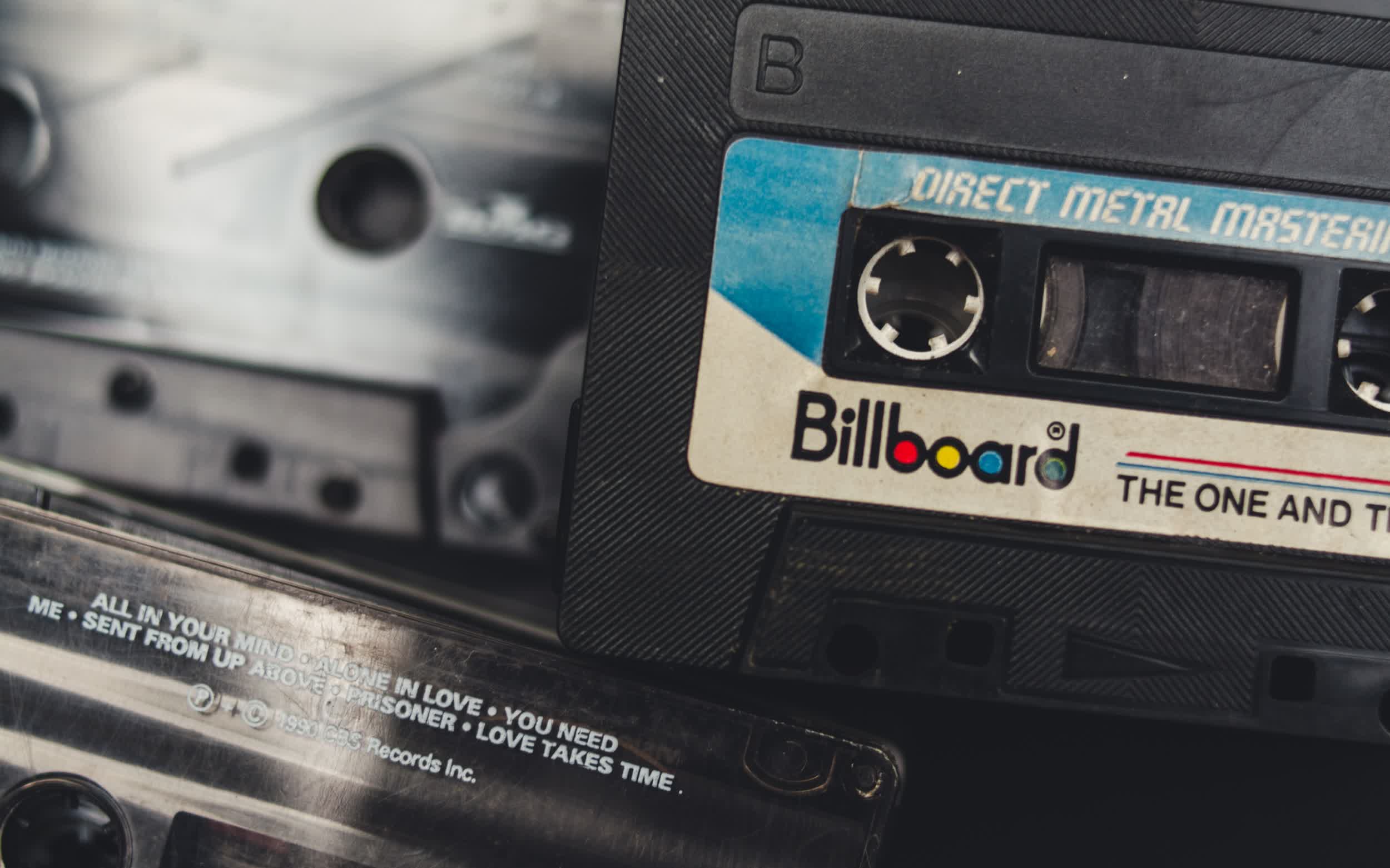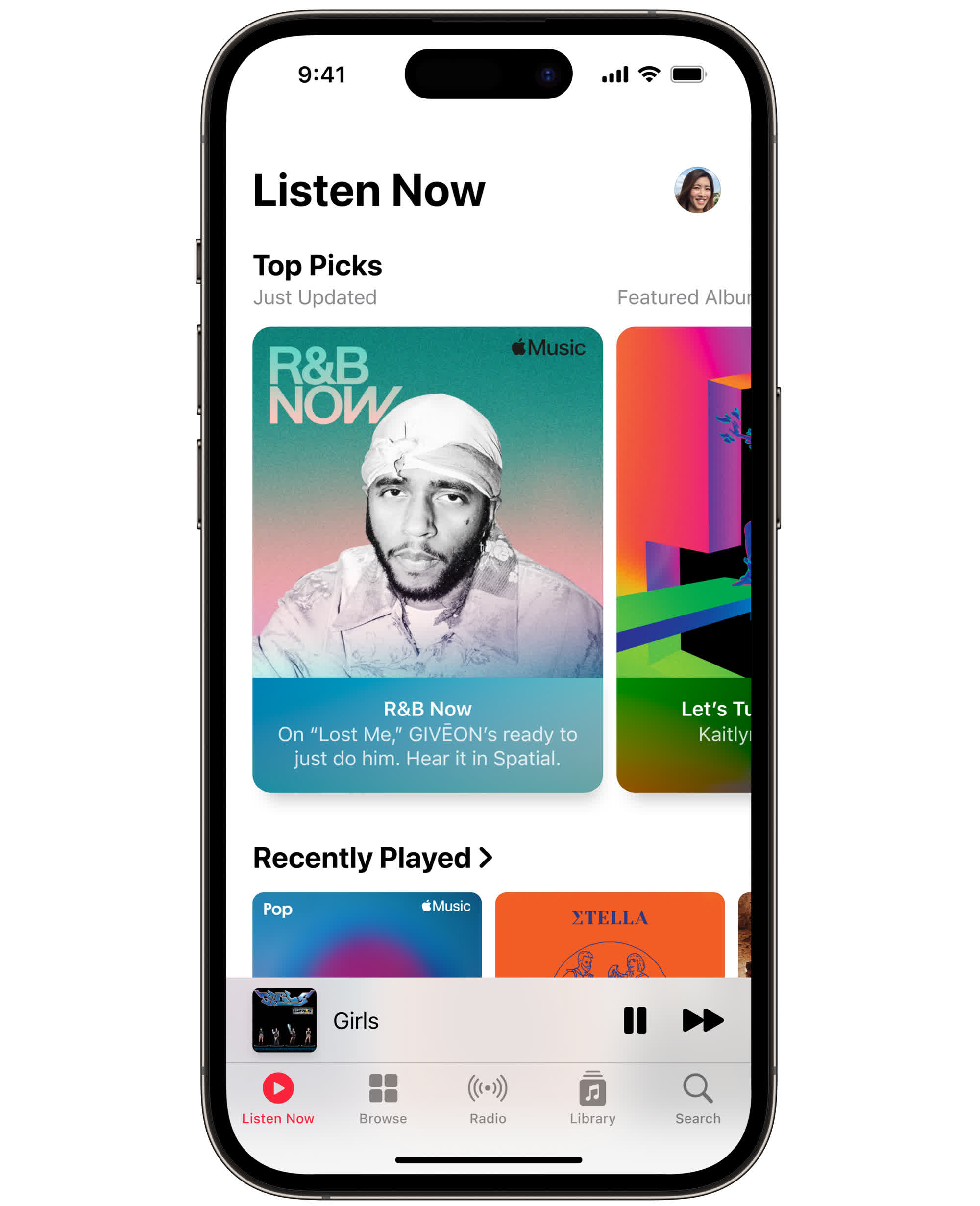In a nutshell: Apple Music now has more tracks than any other streaming platform. Industry leader Spotify lays claim to over 80 million tracks including more than four million podcasts. Tidal, which now has a free streaming tier and two HiFi offerings, says it has over 90 million songs.
Apple Music recently added its 100 millionth song, a milestone that comes just over seven years after the streaming music service launched in the summer of 2015.
As Apple Music's global head of editorial Rachel Newman highlights, it's more than just a number. The milestone also represents the colossal shift we've witnessed over the past two decades regarding how music is made, distributed and consumed.

Indeed, it wasn't all that long ago that physical media reigned supreme. Music libraries were limited to how many cassette tapes or CDs you owned. On-demand, on-the-go listening was further restricted to the number of albums you could physically lug around. A CD changer in the trunk of your car was next-level awesome. With the advent of digital music, however, everything started to change and as Internet speeds improved, streaming went mainstream.
Cupertino's streaming service was a bit late to the game. Apple Music launched on June 30, 2015, and notably arrived without a free ad-supported tier. Support for lossless audio and spatial audio was added last year and classical music is expected to join the mix - either as part of Apple Music or via a standalone service - in the near future.
Newman said Apple will continue to invest heavily in human curation through editorial playlists and recommendation algorithms. "Now more than ever, we know that investment in human curation will be key in making us the very best at connecting artists and audiences," Newman added.

The new Apple Music Today series, meanwhile, features a deep dive into the history of a new song each day to better help artists tell their stories and contextualize their music.
Apple Music pricing is set at $9.99 per month for a single license or $99 for a full year if paid up front. A family plan is also available to lower the per-user cost, as is a student plan for eligible subscribers.
Image credit: Andrea Piacquadio, Raka Miftah
